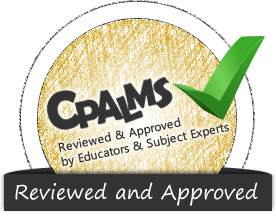Procedure
1. To introduce the lesson, the teacher can give students time to review their work from lesson one of this series. The teacher can have students work in their same pairs or teams.
2. Once students have had time to review their work, the teacher can then present the case study, "Balancing Act," (see CPALMS Resource ID# 218894) again and allow time for students to review the case study text.
3. After the case study has been briefly discussed, the teacher can inform the students that today they will be the nutritionist, focusing on the clients in the case study, creating a weekly meal plan for them based on one diet plan. The teacher can then provide students with the following guiding question to discuss before they begin the activity:
- What are the characteristics of the diets being discussed in the case study?
- What are the essential elements that a nutritionist should pay close attention to when creating an individualized meal plan for any client?
4. The teacher can pass out the “Client Meal Plans” to each pair or group of students and explain that they will now be using their research from lesson one to act as the nutritionist and select one of the clients from the case study. They can then create a weekly meal plan including breakfast, lunch, dinner, and snacks.
5. The students will use this handout to create an appealing presentation to show to their client. The teacher can also provide students with a template (see attachments) that will be provided to help students make their presentations. The last slide of the presentation should be a rationale for the selected diet and why they would recommend it for their client over others.
6. Once students have completed their presentations, they will share their presentations with another group. The students can discuss the pros and cons of their meal plans and engage in constructive feedback with a provided “Peer Feedback Checklist.”
7. To bring the lesson to a close, the teacher can pose the following discussion questions to highlight to how this activity relates to a career in nutrition.
- What are the benefits of incorporating a checklist when you are meeting with a client?
- What challenges do you anticipate when working with clients who have dietary restrictions or preferences, and how can you overcome them?
- How can this activity help you prepare for real-world challenges you may face in a nutrition consulting or counseling setting?
- Are there any other considerations that you would take, after completing this activity, when dealing with clients in your chosen career?
![Cpalms [Logo]](/images/cpalms_color.png)





